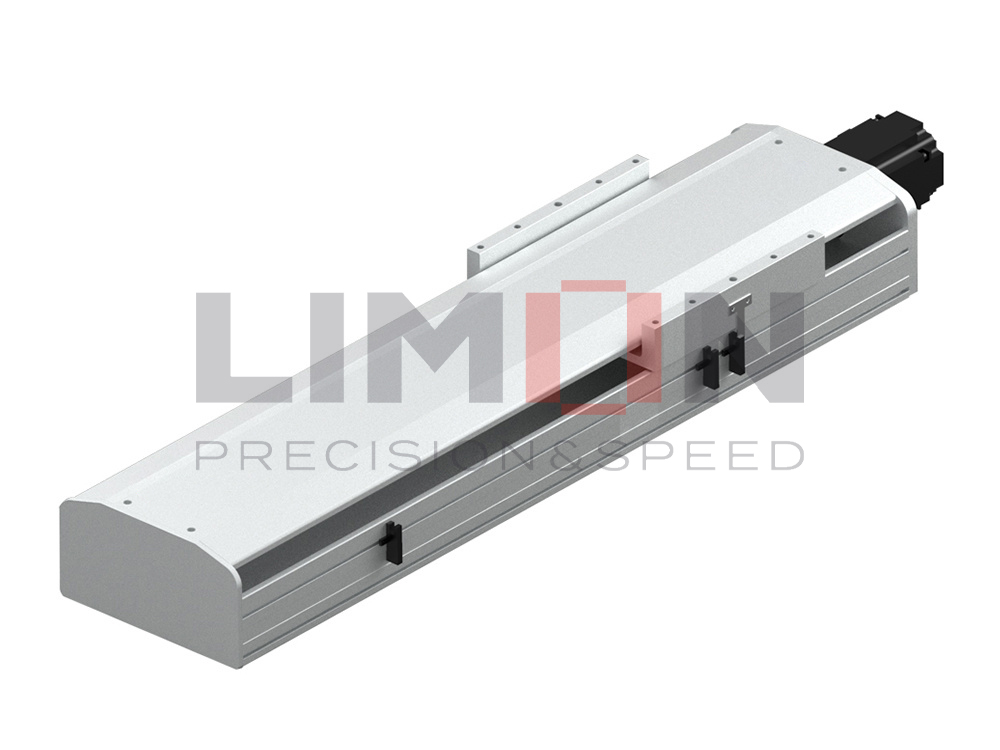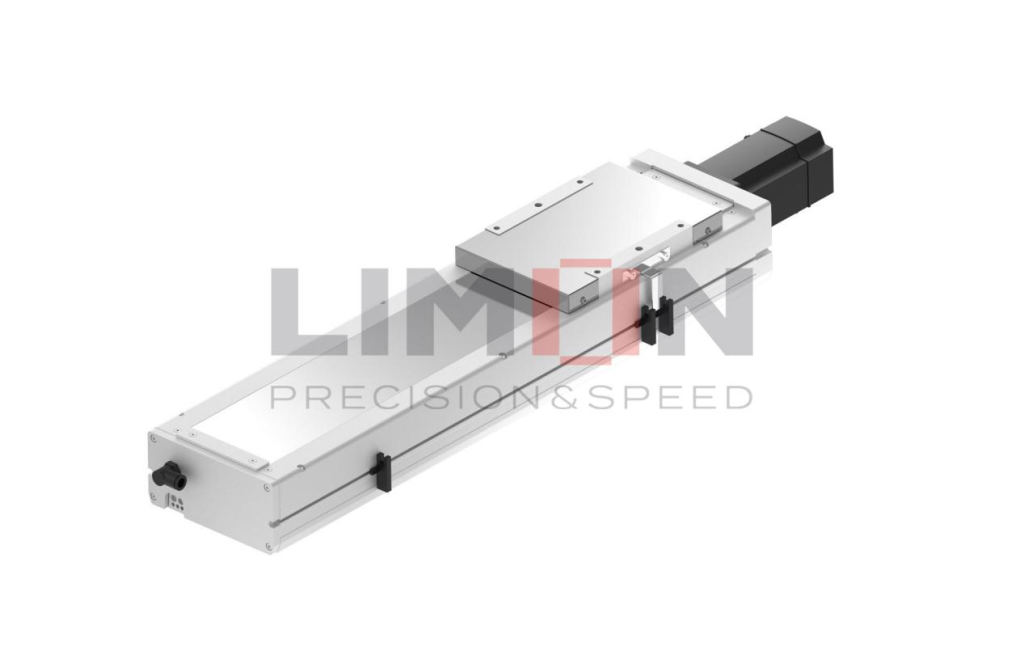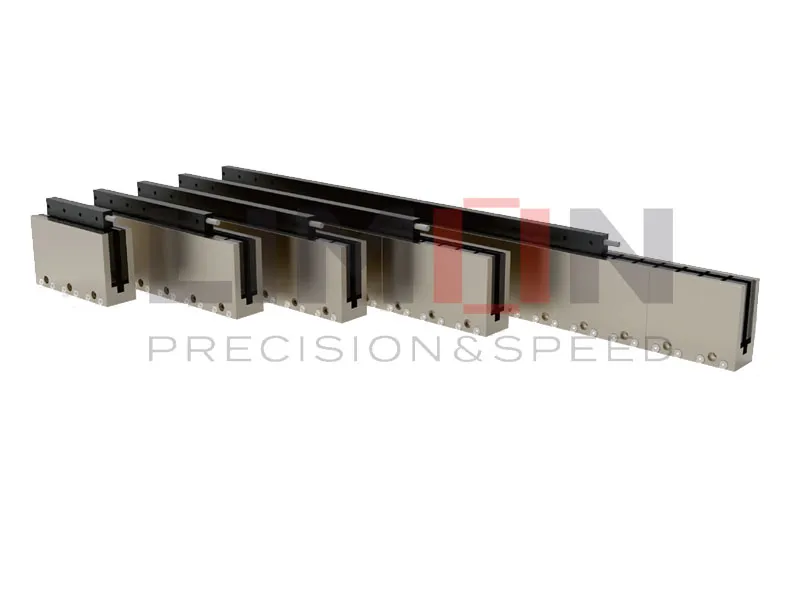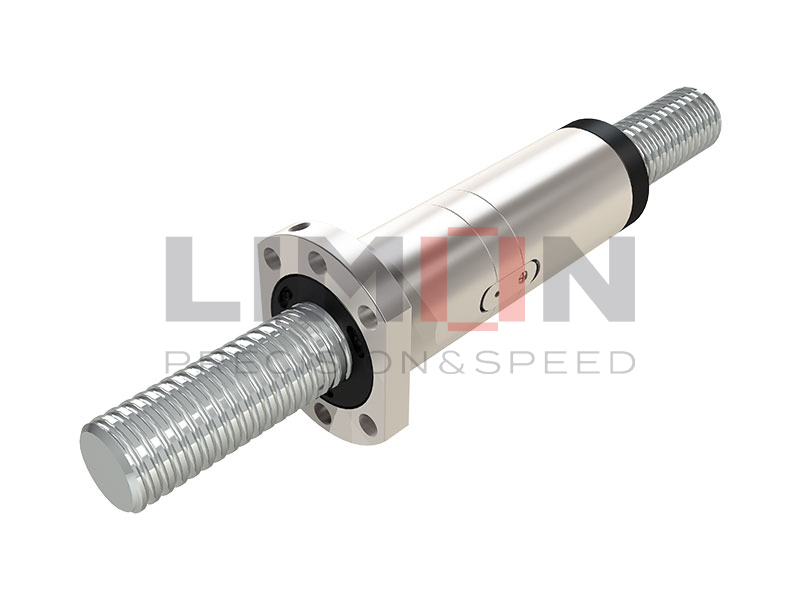The Challenges of High Temperatures:
1. Material Considerations: The materials used in ball screws play a crucial role in determining their suitability for high-temperature applications. Traditional steel components may experience degradation, loss of hardness, or reduced load-carrying capacity at elevated temperatures.
2. Lubrication Challenges: Lubrication is vital for the smooth operation of ball screws. High temperatures can compromise the effectiveness of lubricants, leading to increased friction, wear, and potential failure of the ball screw components.
3. Thermal Expansion: Differential thermal expansion between the various components of the ball screw can result in misalignment, affecting overall performance. This becomes especially critical in precision applications where tight tolerances are essential.
Factors Influencing Ball Screw Performance in High Temperatures:
1. Material Selection: Choosing materials with high-temperature resistance is paramount. Components made from heat-resistant alloys or ceramics can help mitigate the effects of elevated temperatures on ball screws.
2. Specialized Lubrication: Opting for lubricants specifically designed for high-temperature environments is crucial. These lubricants should have a higher thermal stability to maintain effective lubrication under extreme conditions.
3. Thermal Compensation Design: Engineers may incorporate thermal compensation features into the ball screw design to address thermal expansion issues. This can include carefully selected materials and innovative design elements to minimize the impact of temperature variations.
Applications in High-Temperature Environments:
1. Industrial Furnaces: Ball screws are utilized in the precise control and positioning of components within industrial furnaces, where temperatures can reach extreme levels.
2. Aerospace and Defense: Certain aerospace and defense applications involve high-temperature environments, such as engine components and control systems. Ball screws may be employed in these scenarios with careful consideration of material selection and design.
3. Metal Processing: Industries involved in metal processing, such as rolling mills and hot forging, often require motion control solutions capable of withstanding elevated temperatures.
While ball screws offer unparalleled precision and efficiency in motion control, their performance in high-temperature environments depends on thoughtful engineering considerations. Through careful material selection, specialized lubrication, and innovative design approaches, ball screws can be adapted to thrive in extreme temperature conditions. Engineers must balance the advantages of ball screws with the demands of specific applications, ensuring that the chosen solution aligns with the environmental challenges posed by high temperatures.




